So why the confusion over Sinking and Sourcing? What’s the difference anyway?
Sinking and sourcing circuits are often a source of confusion for people newly introduced to the concept, especially people not familiar with the field of electronics. Once the concept is understood new questions emerge such as: Which circuit is required for their application? How do they determine which circuit would work best?
What are Sinking and Sourcing Circuits?
Look at this issue in simple terms. A basic circuit to show as an example is the circuit used to turn on a light. Why is there a light switch in a kitchen? Obviously so the light turns on and off. A switch is used to control the power going to the light so it is not on all the time. If a switch was not needed, you would simply place 120 VAC to one side of the light and attach the other side to neutral (or ground) to complete the circuit. A switch between either the line power (120 VAC) and the light or ground and the light controls the circuit, enabling it to turn on and off.
If the switch is between the power and the light, voltage is sourced to the light, completing the circuit. The light is always attached to the neutral (ground) line, so when the switch turns on, power is supplied (sourced) to the light, turning it on.
If the switch is between neutral (ground) and the light, the light sinks to neutral (ground), completing the circuit. The light in this case is always attached to the power line, so when the switch is turned on, the neutral (ground) is connected (sinked) to the light, turning it on.
Sinking and Sourcing in Industrial Control Circuits
The kitchen light example simplifies the difference between sinking and sourcing circuits. Now look at today’s industrial control circuits using the same concept.
PLCs work a little differently than your kitchen light or a simple control relay, however. PLCs were developed to automate and simplify control relay circuits, eliminating much of the wiring and adding greater flexibility. PLCs can manipulate control systems programmatically rather than by hard wired control relays. PLCs use input cards to read the feedback of the control circuits. Input cards connect internally to power or ground. To turn an input card “on”, connect power or ground to the input dependant upon which input card is in use. PLC programs use this “on” state signal to determine when to proceed with the next step of the process. To control the “on” state, place a switch between the power or ground and the input card. An input card wired internally to ground is typically regarded as a sinking input card. A sinking input card requires power to be sourced to the input to turn it “on”. If the input card connects internally to power, it is typically regarded as a sourcing card. A sourcing card input requires a ground connection to turn it “on”. Think of the input card as the kitchen light, except in this case the light comes pre-wired to power or ground.
Also See: Sink vs Source Animation
Sinking and Sourcing
Sinking and Sourcing are terms used to define the control of direct current flow in a load. A sinking digital I/O (input/output) provides a grounded connection to the load, whereas a sourcing digital I/O provides a voltage source to the load.
Consider a simple circuit that consists of one digital input connected to a digital output. The circuit needs a voltage source, a ground, and a load. A sourcing digital I/O provides the voltage needed for the circuit. A sinking digital I/O provides the ground needed in the circuit. The digital input provides the load required for the circuit to work.
Figure 1 shows a sinking digital output that is connected to a sourcing digital input. In this circuit, the load is pulled to ground because of the sinking digital input provided.
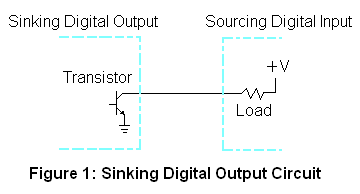
Figure 2 shows a sourcing digital output that is connected to a sinking digital input. In this circuit, the load is pulled up to receive voltage because the sourcing digital input has been provided.
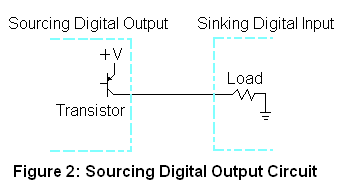
Because both a voltage source and a ground reference are needed in order to create a complete circuit, you must have a sourcing input or output connected to a sinking output or input. If you wish to connect a sourcing input to a sourcing output or a sinking input to a sinking output, you will need to add an additional resistor.
When connecting various current inputs and outputs it is important to keep in mind what device is powering the circuit. Inputs and outputs can either “sink” current or “source” current. A 2-wire transmitter is a passive device and thus “sinks” current. A 4-wire transmitter operates on an external power source and thus “sources” or provides power to the circuit.
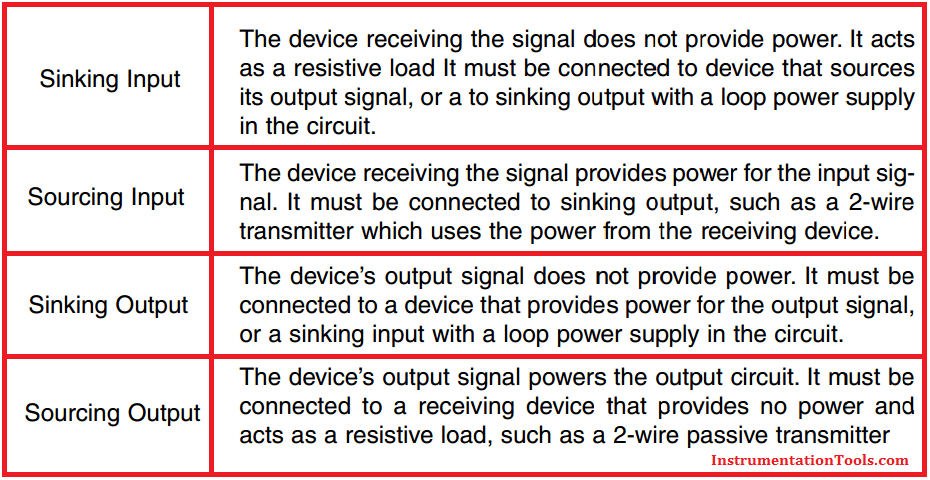
Note that sinking-sourcing and sourcing-sinking pairing is always used, and never sourcing-sourcing or sinking-sinking.

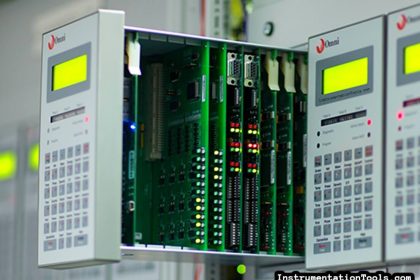
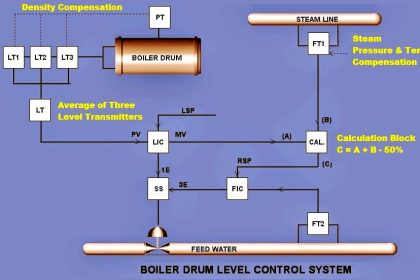
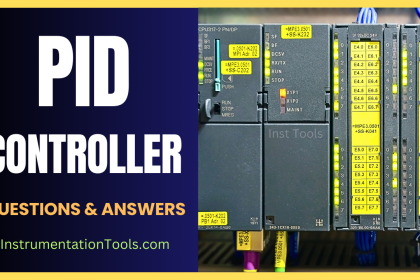


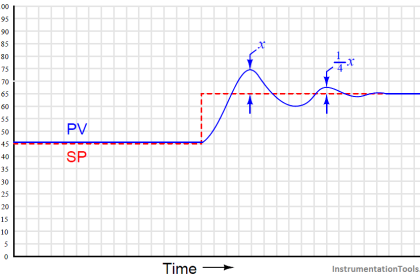
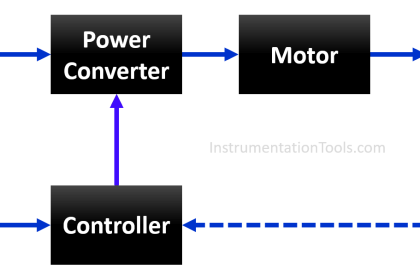

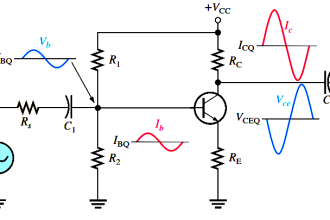


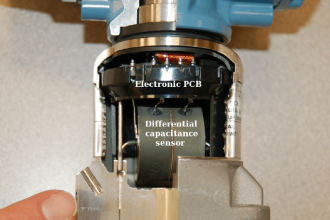
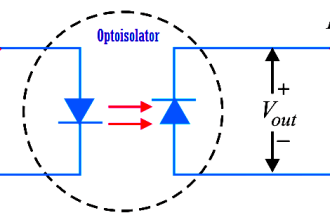
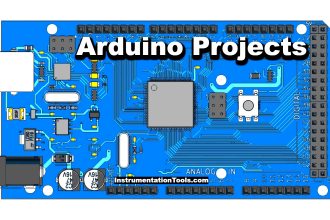
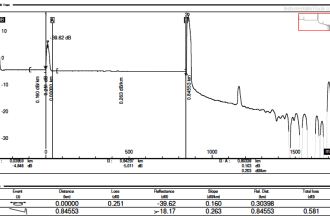

Now it is clear for me. thank you
Thanks for such awesome site
How can I tunning the consistency variation with gain and integral
Different between active and passive load
in plc sink means plc accepted voltage from sensor or input side while source means plc cpu output voltage.
Thanks so much to make clearly for me
I am very confused by this sentence: “Figure 1 shows a sinking digital output that is connected to a sourcing digital input. In this circuit, the load is pulled to ground because of the sinking digital input provided.”
You describe the input as both sourcing and sinking. Is it both? I don’t understand.
I think the same as you. Maybe the auther made a typing mistake in the end of the sentence, “because of the sinking digital OUTPUT provided”, I think it should be that.
And this sentence is too,
Figure 2 shows a sourcing digital output that is connected to a sinking digital input. In this circuit, the load is pulled up to receive voltage because the sourcing digital (input➡)OUTPUT has been provided.
sinking in plc means the neutral is connected to common of digital input module and power which is 24v is connected to load or switch
Sourcing in plc means the power 24v is connected to common of digital input module and neutral is connected to load or switch